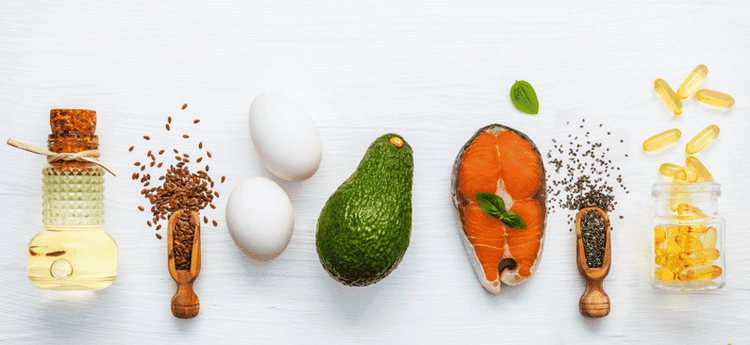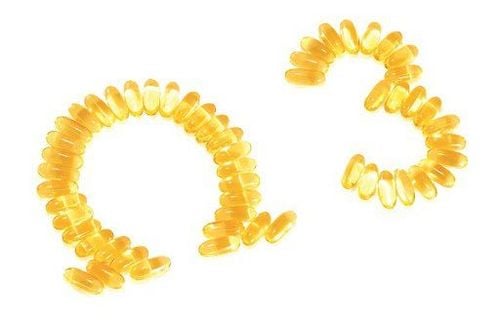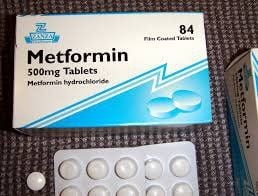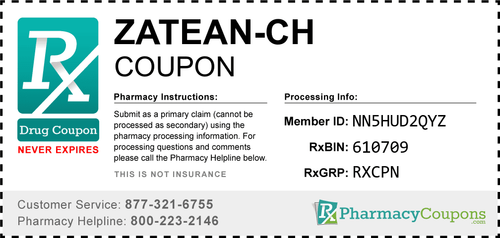This is an automatically translated article.
Omega-3 fatty acids are essential fats and offer many health benefits. Of the 11 types of omega-3 fats, the three most important are ALA, EPA and DHA. ALA is mainly found in plants, while EPA and DHA are mainly found in foods of animal origin such as fatty fish.1. What are omega-3 fatty acids?
Omega-3s are classified as essential fatty acids by the body because they are needed to maintain optimal health and prevent disease. But the body cannot synthesize these fats on its own, so you must get them from your diet. Omega-3 deficiency can lead to poor intelligence, depression, heart disease, arthritis, cancer, and many other health problems.2. ALA (alpha-linolenic acid)
Alpha-linolenic acid (ALA) is the most common omega-3 fatty acid that you can get from foods rich in omega-3 fatty acids. ALA is rarely found in plant-based foods and needs to be converted to EPA or DHA before the body can use it. However, this conversion process is not highly efficient in humans. Only a small percentage of ALA is converted to EPA – and an even smaller amount is converted to DHA.When ALA is not converted to EPA or DHA, they are only stored in the body or converted to energy like other fats.
Several studies have shown that a diet rich in ALA reduces the risk of dying from heart disease. In addition, several other studies have documented EPA and DHA, which appear to have a protective effect against prostate cancer.
ALA is found in many plant foods, including kale, spinach, laksa leaves, soybeans, walnuts, and many nuts, such as chia seeds and flaxseeds. ALA is also found in some animal fats. Some seed oils, such as flaxseed and canola oils, are also high in ALA.

Dầu hạt lanh là thực phẩm cung cấp nhiều ALA
3. EPA (eicosapentaenoic acid)
Your body uses eicosapentaenoic acid (EPA) to make signaling molecules called eicosanoids that work to reduce inflammation. Even low levels of chronic inflammation have the potential to cause a number of common diseases. For example, EPAs help reduce the inflammatory response in type 2 diabetes and cardiovascular disease, arthritis.Some of the health benefits of EPA include:
Reducing symptoms of depression: Studies have shown that both EPA and DHA help reduce symptoms of depression. Some evidence suggests that EPA is more effective than DHA in reducing and preventing depression. Reducing hot flashes in menopause: Some studies indicate that consuming more EPA has reduced the number of hot flashes in menopausal women. Both EPA and DHA are mostly found in seafood, including fatty fish and algae.
EPA concentrations are highest in herring, salmon, eel, shrimp and sturgeon. Herbivorous products such as milk and meat also contain some EPA.
4. DHA (docosahexaenoic acid)
Docosahexaenoic acid (DHA) is an important structural component of the skin and retina of the eye. Fortifying DHA-rich infant formula will help improve eyesight in infants. DHA is important for brain development and function in childhood, as well as brain function in adults. Early DHA deficiency has been linked to later problems, such as learning delays, distraction, or hyperactivity. In addition, supplementing DHA for pregnant women will be good for the development of the fetus.Long-term DHA deficiency is also associated with impaired brain function and the onset of Alzheimer's disease. DHA may have positive effects on certain diseases such as arthritis, high blood pressure, type 2 diabetes, and some cancers. In addition, DHA may promote heart health by reducing blood triglycerides, harmful LDL levels in the blood. You should eat foods rich in DHA regularly, such as seafood, fatty fish, algae, and grass-fed meat.

Một số thực phẩm giàu DHA
5. Omega-3 . Metabolism
ALA is the most common omega-3 fat. But they are biologically inactive until converted into EPA or DHA, two essential fats for the body. However, the efficiency of this conversion is not high. On average, only 1-10% of ALA is converted to EPA and 0.5-5% is converted to DHA.Furthermore, the conversion rate depends on the concentration of several other nutrients – substances that act as catalysts or enzymes, such as copper, calcium, magnesium, zinc, iron and vitamin B6 and B7. Modern diets, especially vegetarians, are often lacking in these micronutrients. In addition, the amount of omega-6 fatty acids in the body competes with the same enzyme needed for this conversion. Therefore, high omega-6 intake in the modern diet may reduce the frequency and efficiency of the conversion of ALA to EPA and DHA.
6. 8 other omega-3 fatty acids
ALA, EPA and DHA are the most abundant omega-3 fatty acids in the diet. In addition, at least eight other omega-3 fatty acids have been identified including: hexadecatrienoic acid (HTA) stearidonic acid (SDA) eicosatrienoic acid (ETE) eicosatetraenoic acid (ETA) heneicosapentaenoic acid (HPA) docosapentaenoic acid (DPA) tetracosapentaenoic acid tetracosahexaenoic acid These fatty acids are also found in some foods but are not considered essential fats like ALA, EPA and DHA.7. What is the best omega-3 fatty acid?

Bạn nên cân nhắc bổ sung omega 3 bằng thực phẩm chức năng nếu không thường xuyên sử dụng thực phẩm giàu omega 3
Vinmec International General Hospital with a system of modern facilities, medical equipment and a team of experts and doctors with many years of experience in medical examination and treatment, patients can rest assured to visit. examination and treatment at the Hospital.
Please dial HOTLINE for more information or register for an appointment HERE. Download MyVinmec app to make appointments faster and to manage your bookings easily.
Reference source: healthline.com












